
Why should you travel to Somaliland?
Somaliland has never had independence.
Once a protectorate of the British Empire, now part of the Federal Republic of Somalia, this de facto state has waited decades for its sovereignty.
Though Somalilanders don’t have a nation of their own, they are still famous for their unparalleled hospitality. Their homeland sits on the Horn of Africa and is loaded with surprises. And they love when foreigners come to explore their state.
There’s a lot to see here.
First off is the rapidly growing capital, Hargeisa, with its camel markets, bustling bazaars, and monuments.
A quick ride from the capital is the Lass Geel cave paintings, stunning prehistoric paintings older than Ancient Greece.
In the north, along the coast, is Berbera, a quaint seaside town. Here you’ll find deserted beaches, perfect for catching some North African sunshine and swimming in the Gulf of Aden.
Flora and fauna reside everywhere in the countryside. There’s the official animal of Somaliland: the greater kudu. Along with the African bush elephant, dik-dik, baboon, civet, and countless more. These creatures nestle among the stunning desert landscapes.
Declaring independence in 1991, no country has since recognised Somaliland’s claim to sovereignty. Though once you visit, you’ll recognise it as one of the finest off-the-beaten-track travel destinations in Africa—perhaps even the world.
Where is Somaliland?

Three countries surround this self-declared state in the northern portion of Somalia: Djibouti, Ethiopia, and the rest of Somalia. Technically, two countries border it, given that Somaliland is still part of Somalia. But don’t tell a Somalilander that!
North of the country is the Gulf of Aden, a vital waterway for the world economy. However, Somaliland plays no part in this exchange of goods which takes place here. In fact, it has the fourth lowest GDP per capita in the world.
Though what it lacks in business, it makes up for in tourism. A sector which has been on the rise in recent years, much to the joy of the struggling Somalilanders.
The Best Tourist Destinations in Somaliland
Laas Geel cave paintings: Created between 3,500 and 2,500 B.C., this collection of cave art is the most well-preserved in Africa. They depict African aurochs; an extinct cattle species thought to be the ancestor of modern cows. Some of the aurochs are dressed in ceremonial robes, and others are accompanied by humans. An occasional painting of a dog or a giraffe is there as well. Whoever created these had an artistic flare to them. The details of the paintings are impressive, especially since modern painting methods were several thousand years away.
Berbera town: Colonialism is gone, but reminders of it are not. Especially in Berbera. This fishing village has English and Russian architecture, constantly reminding you of the region’s subjugated past. While off the coast, bombed-out ships remain in the harbour from the Somali Civil War. Gorgeous beaches, untouched by tourists, surround Berbera. Here you can relax, take a dip in the sea, and maybe even spot dolphins and sea turtles. Peaceful and off the radar, Berbera town is Somaliland’s most excellent little beach getaway.
Naasa Hasblood: Located on the capital’s outskirts, these two hills are perfect for wildlife spotting. Driving there, you can see tortoises, baboons, antelopes, and other desert critters. Climbing up one of the hills is a great chance to see the spectacular views of Somaliland’s desert topography.



Somaliland’s Capital

By no means a sprawling metropolis, Hargeisa still has the classic city commotion you’d expect.
People and goods flow freely, a testament to the hard-working nature of the locals. The livestock market serves as a prime example of this. Locals trade camels and other livestock in what’s best described as organised chaos. In the city centre, moneychangers work with their stacks of Somaliland shillings beside them. Vendors sell various products in the bustling bazaar. The Central Mosque stands proudly in the heart of the city, exemplifying the de facto state’s motto: “There is no god but God; Muhammad is the Messenger of God.”
In the beginning, Hargeisa was a watering hole. The place where people stopped en route to and from the coast. Now, it’s still a watering hole, but of a different kind. People from around the region come to Hargeisa for respite. Somalia, in general, is a troubled place, but the capital of Somaliland serves as a sanctuary for those desiring good food, kind people, stability, and opportunity.
It may not be people most people’s idea of a thriving city, but Hargeisa is still a destination worthy of a visit.
The Population of Somaliland
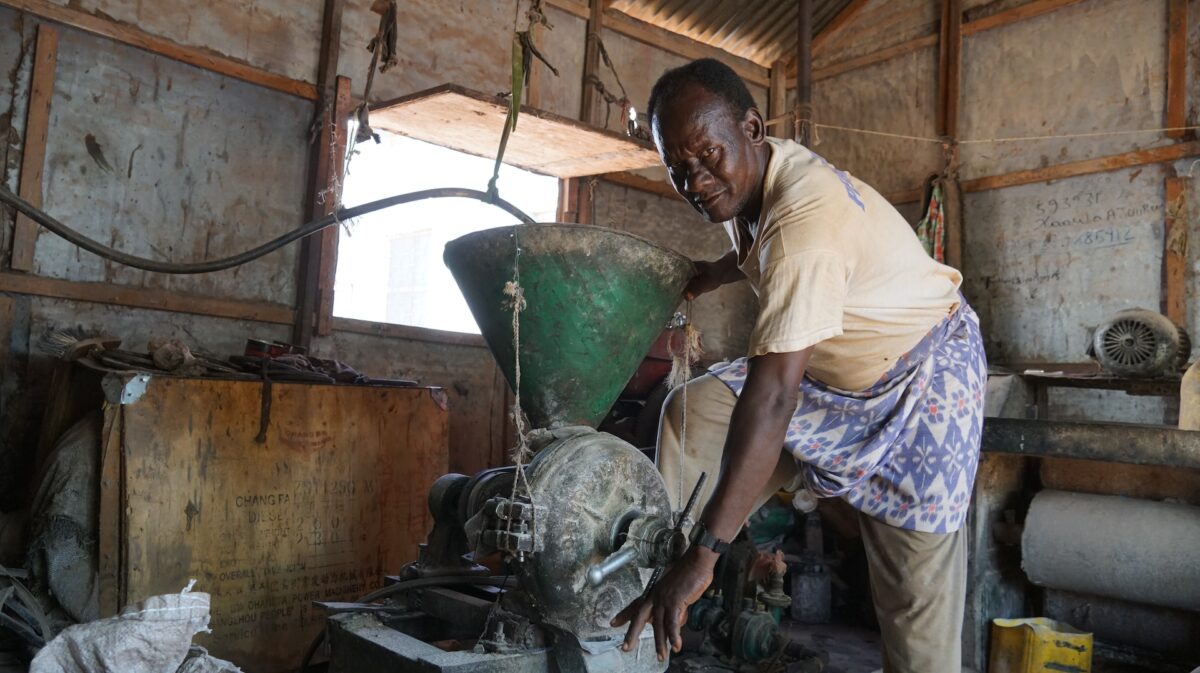
Roughly 5.7 million people live in Somaliland. No official census has been done in Somalia since 1975, so details about Somaliland’s population are, at best, an educated guess.
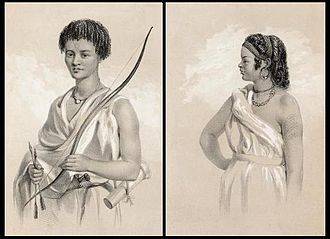
Identification with your clan family is a foundational aspect of Somaliland. Several clans inhabit the region and have done so since prehistory. 67% of Somalilanders are part of the Isaaq clan. Other clan families are the Gabooye, Gahayle, Jibrahil, Magaadle, Fiqishini, and Akisho.
Islam is the state religion. All laws and institutions must abide by the principles of Sharia. Sunni is the primary branch of Islam practised.
Somali, English, and Arabic are the three official languages of the breakaway state.
By Western standards, Somalilanders have very little material wealth. Scarcity is the norm, not the exception. Nevertheless, these kindred souls recognise the shared humanity in us all and are always ready to offer a hand of solidarity. If you only know Somalia and Somaliland from the news, such hospitality may be shocking. But that’s the beauty of travel. It builds bridges, and the bridge to Somaliland is wide and paved with friendship.
Flag of Somaliland
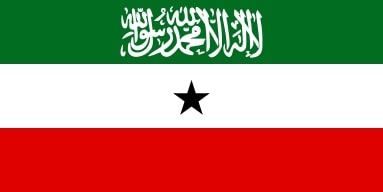
The green represents Islam, and the white inscription is the shahada, the declaration of belief that all Sunni Muslims make.
White is for the revolution. A transformation which brought Somaliland its freedom from colonisation and which may one day bring it independence. The star stands as the goal for an independent Somaliland and is black because the star on Somalia’s flag is white. The same but different, precisely what Somaliland wants from the rest of Somalia.
Finally, red serves as a symbol for the blood of the martyrs—those who have died in pursuit of a free Somaliland.
Somaliland’s Climate
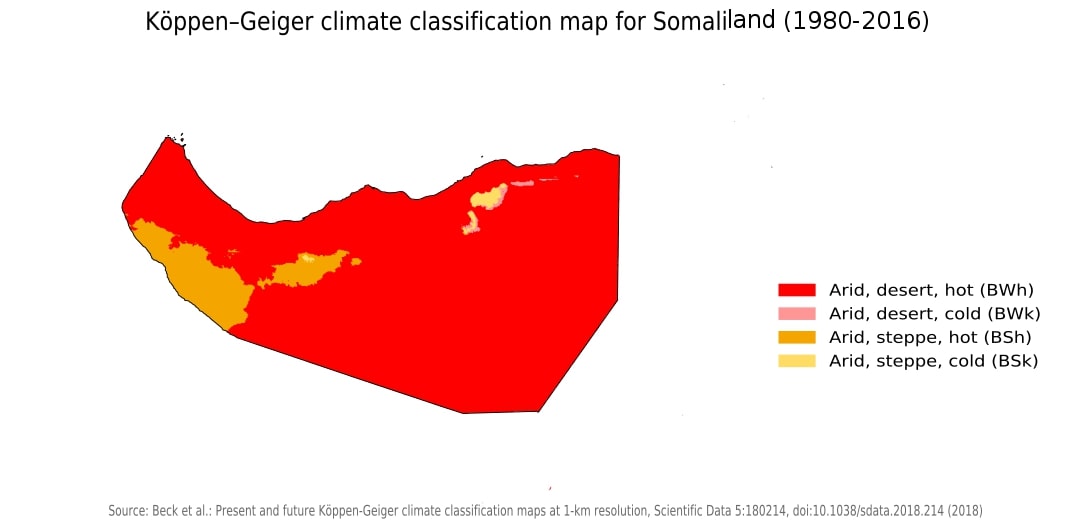
Somaliland’s climate is textbook North African.
The majority of the region is arid and hot, encompassed by the Sahara Desert.
The land around Hargeisa is also arid and hot but is steppe instead of desert.
A few areas are cold, mainly in the Cal Madow mountain range in the northeast of the country.
Is it safe to travel to Somaliland?
In the past, Somaliland wasn’t a place the run-of-the-mill tourist should visit.
For over a generation, Somalia and violence have been intertwined. War, terrorism, and statelessness reigned supreme. But this hasn’t been the case for Somaliland.
After declaring independence, leaders knew they needed to suppress violence within their borders. After all, how could the international community take them seriously if they can’t even maintain their own security? Twenty years later, that peace has held. Despite the occasional violent flare-up, Somaliland is still much more peaceful than the rest of Somalia.
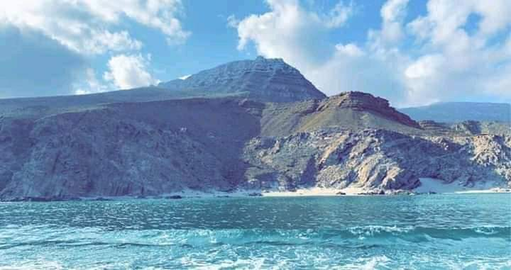
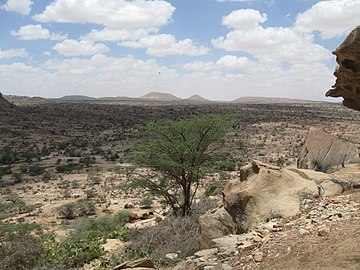
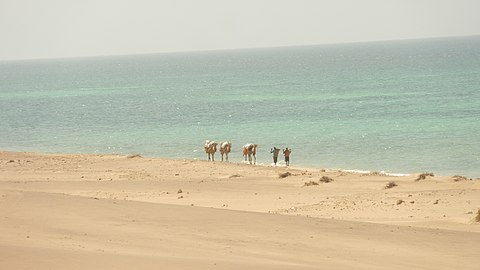
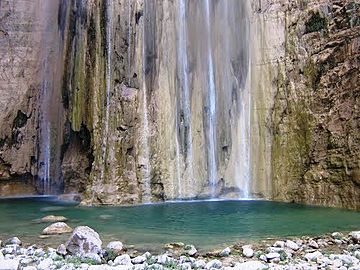


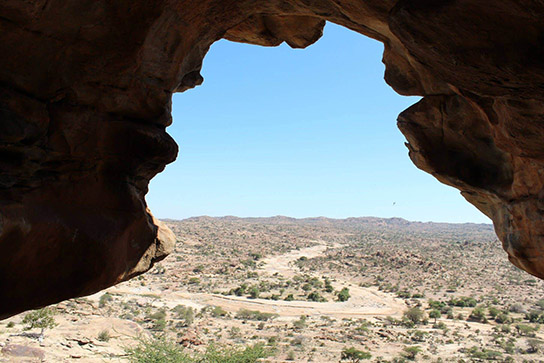





We would love for you to join us in Somaliland—why not Ethiopia too?
Check out our nine-night tour of these two extraordinary countries.
Keep In touch
Make sure you never miss an adventure by signing up to our mailing list. Be the first to know about new tours and travel tips.
